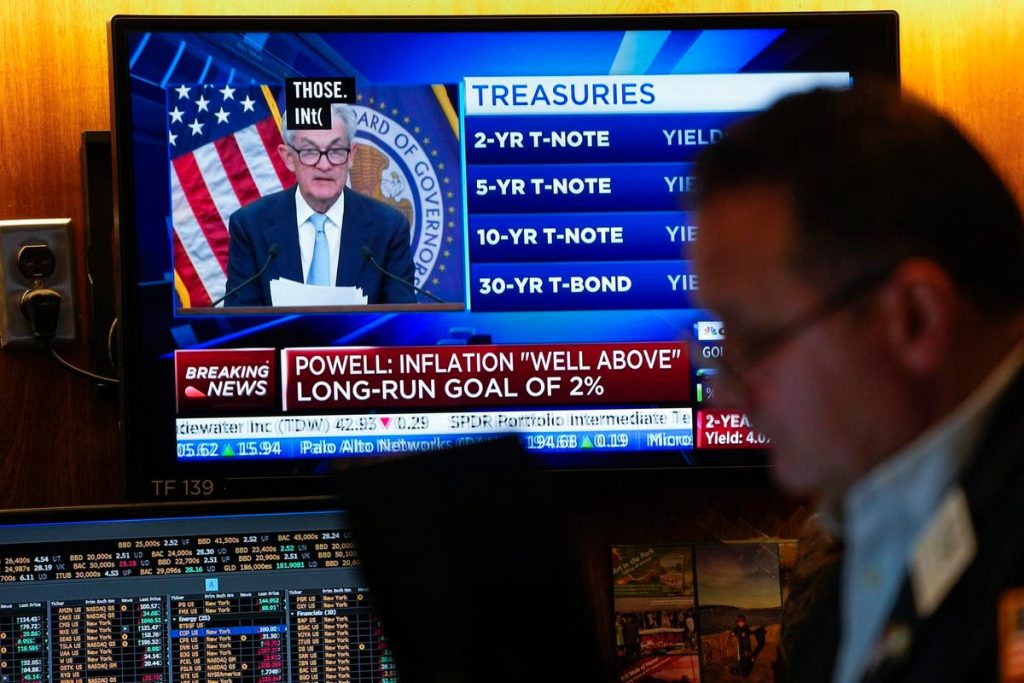Recently, U.S. inflation hasn’t been falling as fast as many hoped. On April 12, we’ll see Consumer Price Index data for March. Nowcasts suggest that March’s inflation data may show an improving outlook with estimated inflation running at a little over a 5% annual rate and an estimated month-on-month rise in prices of 0.3%. However, core inflation may be more of a concern running at an estimated 0.45% month-on-month once food and energy are stripped out, that’s because energy costs are expected to have generally fallen in the March report helping bring inflation down in the headline numbers.
Housing Costs
It will be important to look at the costs for housing, or shelter, as the CPI report terms it. These costs carry a large weight in the inflation calculation and shelter costs rose over 8% year-on-year in February’s report. That’s enough to move up the aggregate U.S. inflation number significantly.
Industry data strongly suggests that home pricing will ultimately moderate, but we haven’t seen that in the CPI data yet due to statistical lags due to how shelter costs are calculated. When and if shelter costs turn that may be sufficient to bring inflation much closer to the Fed’s 2% goal. However, it’s unclear when we will start to see that trend in the data. In recent months, shelter costs have shown no sign of cooling in the CPI releases.
The Fed’s Reaction
The U.S. Federal Reserve won’t meet again to set interest rates until May 3, so the March inflation numbers won’t be decisive in informing the Fed’s view. There’s more data to come before the Fed meets to set rates.
If inflation remains strong month-on-month, then that will encourage the Fed to consider a 0.25-percentage-point hike when they meet in May. However, fixed income markets imply that there is around a six out of ten chance that the Fed may hold rates steady. That could occur for a number of reasons. Firstly, interest rates are already relatively high. The Fed may need to wait for high rates to have an effect on inflation rather than raise them further. Secondly, there are signs that parts of the economy are weakening, for example there are concerns about the housing market, especially on the west coast, and though the jobs market has been strong, that could be starting to change on recent data. That may encourage the Fed to be less aggressive with rates in the face of other economic risks beyond inflation.
Upcoming CPI inflation figures may show there is still more work to do for the Fed to fight inflation, even if inflation is falling from peak levels. However, the Fed is now considering holding rates at high levels, rather than raising rates to achieve their goal.
Economic risks are surfacing that may force the Fed to make more of a trade-off between inflation and economic growth over the coming months. That may prove a tough call. The Fed has spoken of its desire to continue the inflation fight as long as needed, but markets believe the Fed be forced to cut interest rates far earlier than current Fed projections imply. Either way, inflation data for March is likely to show that inflation remains a concern.
Read the full article here



